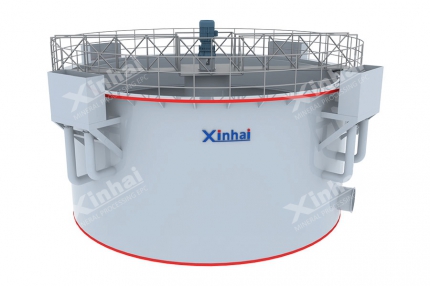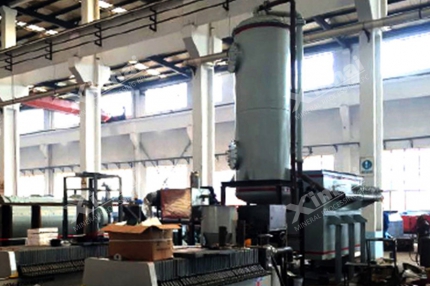With the continuous development of science and technology, the process flow, mechanical equipment, automation control and production indicators of gold production have also been raised to a new level. The methods of gold ore purification include heap leaching, flotation, gravity separation, cyanide leaching, etc. Among them, gold cyanidation process is the main method of modern gold extraction. There are many factors that affect the gold extraction effect in the cyanide gold extraction process. The following will introduce these factors to help you better understand the gold cyanide gold extraction process.
Use the table of contents below to navigate through the guide:
01Oxygen Involvement in Gold Cyanidation
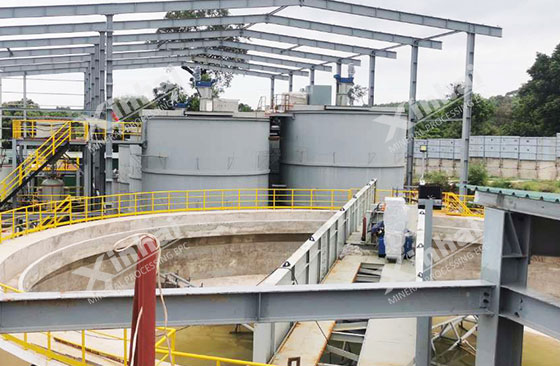
When the cyanide concentration and oxygen concentration are within a reasonable and appropriate range, the dissolution rate of gold in the cyanide solution will be greatly increased. The gold dissolution rate is twice the oxygen consumption rate and half the cyanide consumption rate. When the cyanide concentration in the solution is low, the gold dissolution rate depends on the cyanide concentration, and when the cyanide concentration is high, the gold dissolution rate is determined by the oxygen concentration. Therefore, reasonable control of the cyanide concentration and oxygen concentration can speed up the dissolution rate of gold. If one-sided emphasis is placed on inflation or excessive addition of cyanide, while ignoring the free cyanide concentration in the solution, the oxygen content in the solution will be lower than the theoretical value, which will affect the gold leaching rate, and will also cause a waste of inflation power and cyanide.
02Protective Alkali in Gold Cyanidation
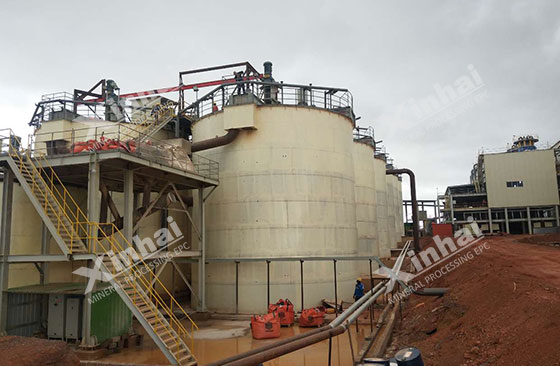
Adding an appropriate amount of alkaline substances in gold cyanidation helps to ensure the stability of cyanide and reduce the chemical loss of cyanide, so this added alkaline substance is called protective alkali. After adding the protective alkali, the consumption of sodium cyanide in the cyanide solution can be greatly reduced. In addition to preventing the hydrolysis of cyanide, the protective alkali can also eliminate metal ions and neutralize the acid produced by the oxidation of carbon dioxide and sulfide dissolved in water, preventing the consumption of cyanide and decomposition by acidic substances.
The added alkaline substances need to be guaranteed to be at a certain concentration. If the alkalinity is too high, it will be unfavorable for gold leaching, reduce the dissolution rate of gold, and promote the decomposition of certain minerals. This situation is particularly obvious when the alkali is lime.
03Pulp Viscosity in Gold Cyanidation
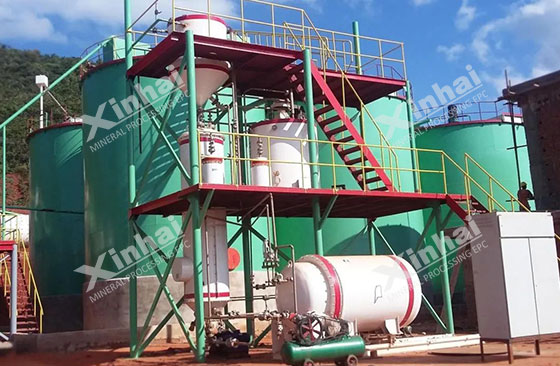
In gold cyanidation, excessive viscosity of the slurry can significantly reduce the diffusion rate of cyanide and oxygen, thereby slowing down the dissolution reaction rate. Since the relative flow between gold particles and cyanide solution is blocked, the high viscosity of the slurry will affect the leaching effect of gold, resulting in a decrease in the gold extraction rate. In addition, excessive slurry viscosity may increase energy consumption during mixing and transportation, and even cause equipment blockage. Therefore, in the process of gold extraction by cyanide, the viscosity of the slurry is usually controlled by adjusting the solid-liquid ratio of the slurry to ensure good fluidity and reaction efficiency.
04Impurity Ions in Gold Cyanidation
Gold usually exists in the form of natural gold. Most of the associated minerals can be dissolved to varying degrees in the cyanide solution, thus affecting the leaching of gold particles. During gold cyanidation, when these impurities are dissolved, they consume dissolved oxygen and free cyanide, forming films on the surface of gold particles and reducing their leaching rate.

05Other Factors Affecting Gold Cyanidation
Among many factors affecting gold cyanidation, temperature plays a crucial role in gold leaching. The dissolution rate of gold will increase with the increase of temperature, but the solubility of oxygen will decrease with the increase of solution temperature, and increase the hydrolysis of other cyanides, accelerate the reaction of other non-precious metal minerals with cyanide, and thus increase the consumption of cyanide. In actual production, room temperature reaction will achieve good results. In addition, the size and shape of gold particles will also affect the leaching rate of gold. When the specific surface area of gold particles increases, the dissolution rate of gold will increase, and vice versa. Leaching time is also an important factor affecting the gold extraction effect. As the leaching time increases, the leaching rate of gold will also increase. When the leaching rate gradually approaches a certain limit, the appropriate addition of hydrogen peroxide or pure oxygen will effectively increase the leaching rate and leaching rate.

The above factors significantly impact the gold cyanidation extraction technology used in gold mining. In actual production, there are other accidental factors. Therefore, in addition to considering the frequently occurring problems, the emergence of emergencies should also be considered to avoid the waste of gold resources and the reduction of production capacity. Xinhai Mining can provide you with professional gold ore dressing technology to help you improve the utilization rate of gold resources and the recovery rate of gold concentrate.


 marketing@ytxinhai.com
marketing@ytxinhai.com  0086 13810327080
0086 13810327080 






































































































 CHAT
CHAT MESSAGE
MESSAGE




